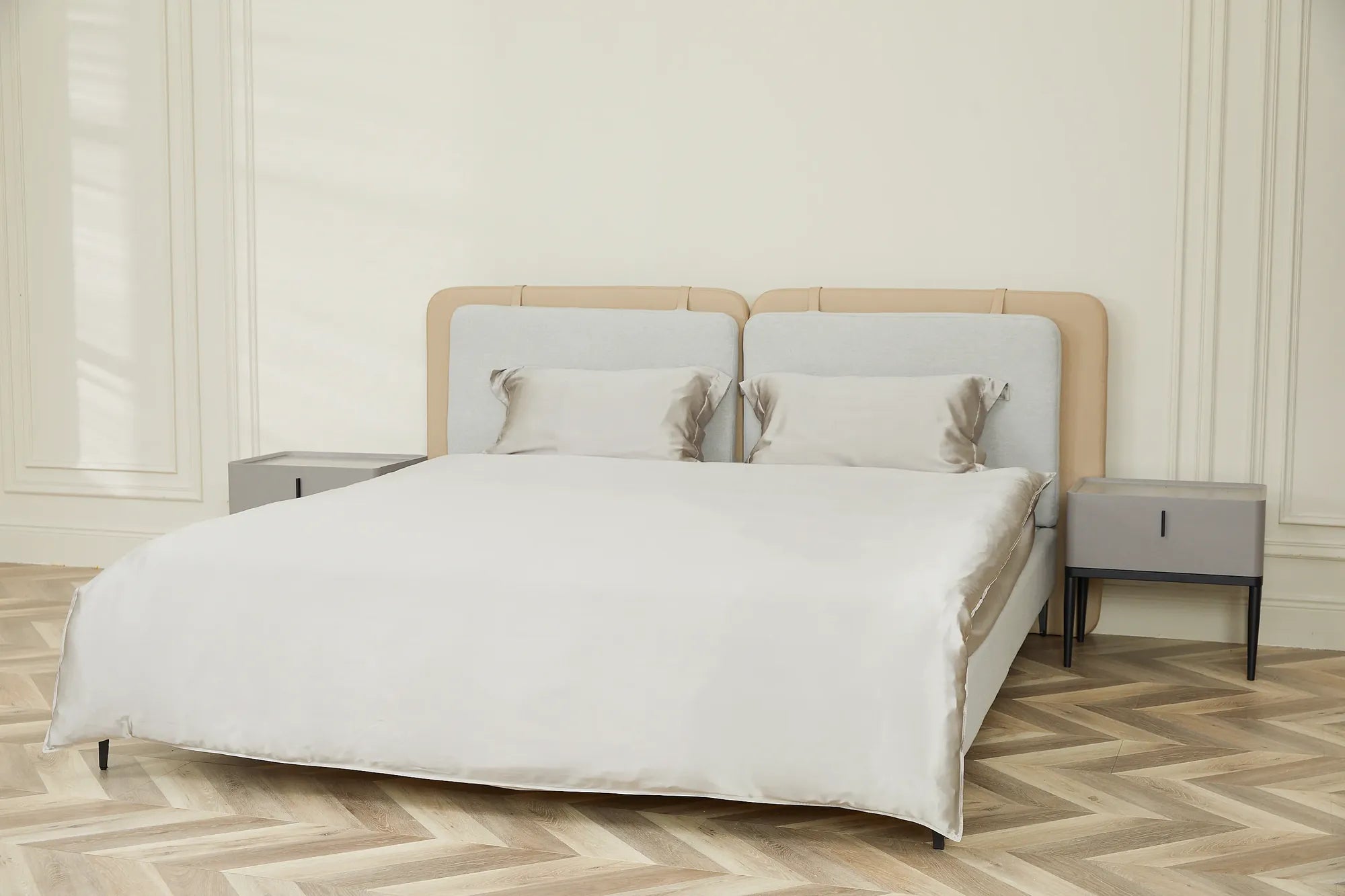Is Silk Pillowcase Good for Skin? Exploring the Benefits and Science Behind Luxurious Bedding
- by wangfred
-

Imagine waking up every morning with smoother, softer skin—no expensive creams or treatments required. Could the secret lie in something as simple as your pillowcase? Silk pillowcases have surged in popularity among skincare enthusiasts, but do they truly live up to the hype? Let’s dive into the science, benefits, and real-world impact of swapping your cotton bedding for this opulent alternative.
The Science of Silk and Skin Health
Silk, a natural protein fiber produced by silkworms, boasts a unique molecular structure that sets it apart from other fabrics. Its smooth surface creates minimal friction against skin, which researchers suggest may reduce sleep creases and prevent collagen breakdown over time. A 2020 study in the Journal of Cosmetic Dermatology found that participants who used silk pillowcases showed 23% fewer facial wrinkles after six months compared to cotton users.
Friction-Free Beauty Sleep
Traditional cotton pillowcases create drag against delicate facial skin during sleep. This nightly tug-of-war can exacerbate existing lines and contribute to premature aging. Silk’s slippery surface allows skin to glide freely, preserving your skin’s natural contours. Dermatologists particularly recommend silk for side sleepers, who experience more facial compression during rest.
Moisture Retention Superpowers
Unlike absorbent cotton that wicks away natural oils, silk’s tightly woven fibers help maintain skin hydration. This moisture-locking effect proves especially beneficial for those with dry or sensitive skin. Clinical observations reveal that eczema-prone individuals often experience reduced irritation when sleeping on silk, as the fabric prevents moisture loss that can trigger flare-ups.
Temperature Regulation Advantages
Silk’s natural thermoregulatory properties keep sleepers cool in summer and warm in winter. This consistent thermal environment prevents night sweats that can strip skin of essential nutrients. By maintaining an ideal skin temperature, silk bedding helps preserve the skin’s acid mantle—a crucial protective barrier against environmental stressors.
Hypoallergenic Protection
For allergy sufferers, silk offers an unexpected benefit. The fabric’s dense weave naturally repels dust mites and other microscopic irritants. A 2021 analysis in Allergy Research demonstrated that silk bedding harbors 87% fewer allergens than cotton alternatives, making it ideal for sensitive skin types.
Hair and Skin Synergy
While focusing on skin benefits, it’s impossible to ignore silk’s impact on hair health. Reduced friction means fewer split ends and breakage, which translates to cleaner skin by minimizing oil and product residue transfer from hair to pillowcase—and consequently, to your face.
Silk vs. Other Fabrics
When compared to satin (typically synthetic), natural silk offers superior breathability and temperature control. While both fabrics reduce friction, silk’s natural protein structure contains amino acids that some researchers believe may have subtle nourishing effects on skin. However, proper care is crucial—silk requires gentle washing to maintain its benefits.
Maximizing the Benefits
To optimize results, pair silk bedding with clean nighttime skincare routines. The fabric’s non-absorbent nature allows active ingredients in serums and moisturizers to remain effective rather than being absorbed by your pillowcase. Choose high-momme weight silk (19+) for durability and ensure proper washing with pH-neutral detergents.
Could this centuries-old luxury hold the key to modern skincare success? While silk pillowcases aren’t a magic solution, their combination of friction reduction, moisture retention, and hypoallergenic properties creates an ideal environment for skin to thrive. As more consumers prioritize multitasking wellness solutions, silk bedding emerges as a worthwhile investment in both beauty sleep and long-term skin health—proving that sometimes, the best innovations are those nature perfected long ago.












